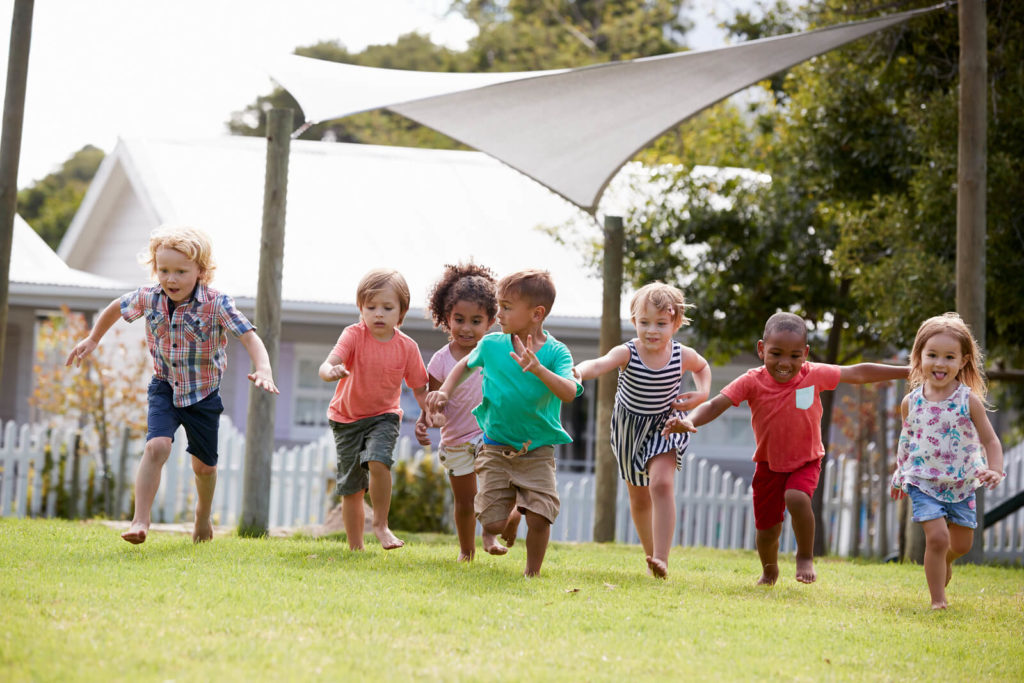One of the hallmarks of a Montessori preschool is its use of mixed-age classes. Maria Montessori observed how younger children and older ones in the same developmental phase interacted and recognized that the idea offered some distinct advantages in teaching. Here are 4 of the most important advantages, and why they work.
Mimic Natural Order
Small children interacting with older kids is how people have always existed. In the home, in the park, and in the community, people of relative ages gather into groups and interact more freely. Maria Montessori understood that this natural order was beneficial for all kids and recognized that children go through phases that are roughly 3 years long, so that each phase of development corresponds to a Montessori age group.
Increase Developmental Achievement
Watching the older children engaged in more advanced activities encourages smaller ones to put forth the effort to succeed as well. This benefit carries over to most aspects of development, including physical skills, academic achievement, and social maturity.
Encourages Leadership Skills
By encouraging the older children to help out with the younger ones, they learn diplomacy and leadership skills. This is an important development because it helps children become more responsible, assists in developing critical thinking skills, and creates a 3-phase pattern where every child fills the younger, middle, and older child roles. This benefits the development of self-esteem among all children, the older ones because they get to be leaders and the younger ones because they are able to learn from their peers rather than asking an adult for assistance.
Assists Learning
Older kids help the younger children overcome obstacles and solve problems. This happens naturally, and small children will readily accept and look up to the older ones. Additionally, the 3-year age group means that all of the children get a turn to be among the older children, a stark contrast to a traditional public school that is based on a specific age, resulting in some children always being older and others always being younger.
As these examples show, a 3-year age mix is a more natural way of learning. From exchanging ideas and information to establishing self-esteem, the Montessori classroom’s focus on whole-child development benefits from having children spread across an entire developmental phase.
